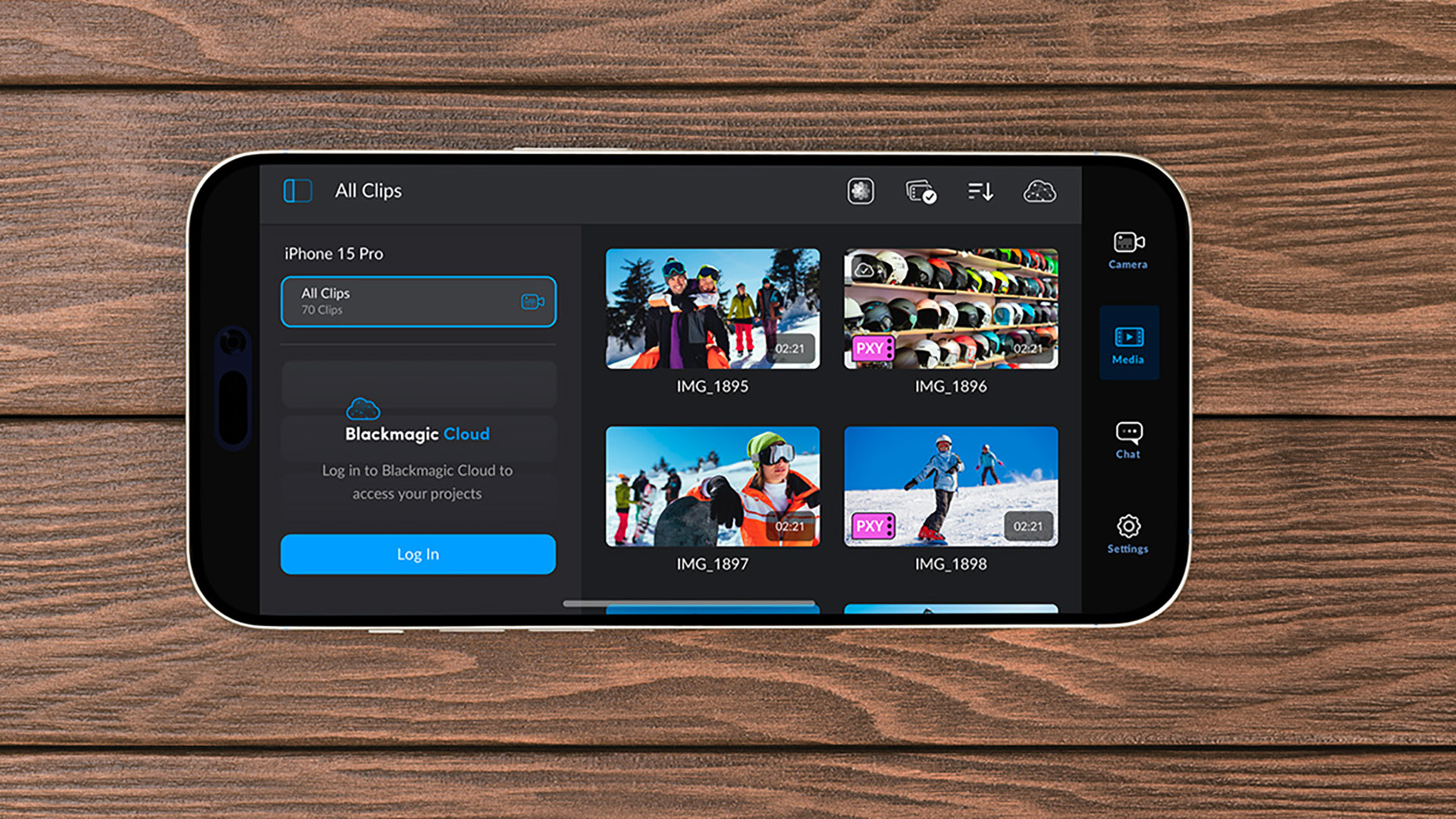From bike mechanics to baking, the video-sharing site offers a goldmine of knowledge
Holding an Allen key in a grease-stained hand, João Cruz looks every bit the professional bike mechanic. Wind back five years, however, and this 39-year-old former journalist barely knew how to fix a brake cable.
“To be a good mechanic, you need tools and knowledge; I had the tools, but I needed to get the knowledge,” said Cruz, owner of Velurb, a small bike rental business in the Portuguese city of Porto.
In response, he spent the best part of a year trawling YouTube for tutorials on bicycle maintenance. Even today, he still regularly logs onto the video-sharing website for “tips and tricks” when faced with knotty technical problems.
Cruz is not alone. Around the world, a growing cadre of entrepreneurs are turning to video tutorials posted on YouTube to help them learn their chosen trade.
Another example is Holly Winter, a copywriter-turned-professional-dressmaker from Farnborough in Hampshire. The self-taught designer and seamstress treats YouTube much like a personal instructor, using it to train up in everything from boning corsets to fixing her sewing machine.
“Whenever I encounter something that I haven’t done before or if I need to brush up on some skills, then there is always a YouTube tutorial for it,” she says.
Ever wondered why you feel so gloomy about the world – even at a time when humanity has never been this healthy and prosperous? Could it be because news is almost always grim, focusing on confrontation, disaster, antagonism and blame?
This series is an antidote, an attempt to show that there is plenty of hope, as our journalists scour the planet looking for pioneers, trailblazers, best practice, unsung heroes, ideas that work, ideas that might and innovations whose time might have come.
Readers can recommend other projects, people and progress that we should report on by contacting us at theupside@theguardian.com
As well as the sheer breadth of topics covered on the platform, the fact the information is free and readily available keeps her coming back. The appeal becomes especially clear when compared with the time and expense of traditional, in-person training options, she adds.
“It’s only me working the job, so if I have to spend a day or more on a course, then there’s no one else making wedding dresses. I mean, my brides aren’t going to put their weddings on hold for me.”
The obvious upside of learning a trade face-to-face is the ability to asks questions in the moment. But what happens once the course is over? The advantage of YouTube, Winter counters, is the ability to post questions and receive responses long after the tutorial has been delivered and uploaded.
Chinelo Awa shares this sentiment. Owner of Good Cake Day, a bespoke London-based cake decorating venture, she has found most YouTube experts to be “surprisingly responsive”. Her go-to YouTubers include Matt Adlard (AKA the Topless Baker), Joshua John Russell and Lindsey Ann, all of whom clock up tens of thousands of views for their instructional videos.
“If you put a question in the comments, then they usually come back to you … but if you go on a day-course and have follow-up questions, you might not be able to ask the teachers,” says Awa, who works part-time as a paralegal.
Of course, not everything on YouTube is quality information – and not all its contributors are diligent at responding. Nor does the video-sharing platform offer the immediacy of interaction that some social media platforms do. Compared to Instagram’s “live” service, for example, which Awa uses to take real-time classes with professional bakers like Yolanda Gampp, YouTube can feel a little static.
That said, Awa still rates it as a safe space to perfect her trade: “If someone has thousands of followers on YouTube, it’s easy to think that your questions can be stupid, but my experience is that people are happy to help.”
Tai Alegbe agrees. Learning a completely new skillset can feel intimidating, says the co-founder of Contingent, a financial technology start-up. So, the ability to kick off at the beginning and advance at his own pace takes the initial sting out of the learning process.
In his case, the challenge at hand was to get up to speed with basic coding. His initial fears were eased after seeing that most of the coders on YouTube weren’t tech geniuses, but “normal people”. As he notes: “Going online and understanding that these experts are just like you really helps”.
YouTube, which is owned by Google, likes to promote its service as a practical tool for learning and not just a repository of teen vlogs and funny cat videos. According to the company’s own statistics, nine in 10 users worldwide perceive its platform as a “place to learn”. To drum home the point, it now boasts a dedicated “learning” channel for education-oriented uploads.
“YouTube opens us a world of learning that may not be otherwise accessible, whether it is supplemental education, professional and everyday skills or even how-to tutorials and life hacks”, says Katie Kurtz, the company’s head of learning partnerships.
Independent research appears to give credence to the claim. Research by the Pew Research Centre found that “how-to” videos are what bring 51% of all US-based YouTube users to the site.
Likewise, in New Zealand, 57% of millennials on YouTube see the site as a place to “access knowledge and learn new careers skills”. In Australia, meanwhile, a similar proportion (54%) prefer to watch YouTube if they have a question rather than read a user manual or talk to someone on the phone.
Charles Lomu in western Sydney fits that bill. A former high-school dropout, he describes how he used YouTube to commercialise his “side hustle” in barbering: “I was doing haircuts until the early morning, but I never looked at it as a profession because I’d never been to barber school. And then I turned to YouTube.”
Today, Lomu, who now runs his own barber shop, is using his skills to teach barbering to disengaged students at the local high school. Predictably, he has loaded up a series of online videos about the course.
For young people who have grown up using YouTube to help with their homework or teach themselves how to play the guitar, turning to it to learn a trade marks a natural step. Such was the case for Andy Smith, a 31-year-old economics graduate, who recently founded Reco, an e-commerce service for plastic-free products.
Realising he would have to teach himself some rudimentary programming, his immediate instinct was to search online for video tutorials. Learning a trade via YouTube isn’t without its flaws, Smith says. First, there’s the issue of quality control.
Secondly, the task-specific nature of many instruction videos can lead to a piecemeal or patchy understanding. Smith’s programming skills, for example, are still by no means “in depth”. That said, he feels he knows enough now to give clear instructions to any future contractors.
“Has YouTube made me into a Jack of all trades?” he ponders. “Perhaps. If anything, in fact, it’s probably made me into a Jack of too many trades.”
This article is part of a series on possible solutions to some of the world’s most stubborn problems. What else should we cover? Email us at theupside@theguardian.com
How millions use YouTube tutorials to perfect their trade – The Guardian




